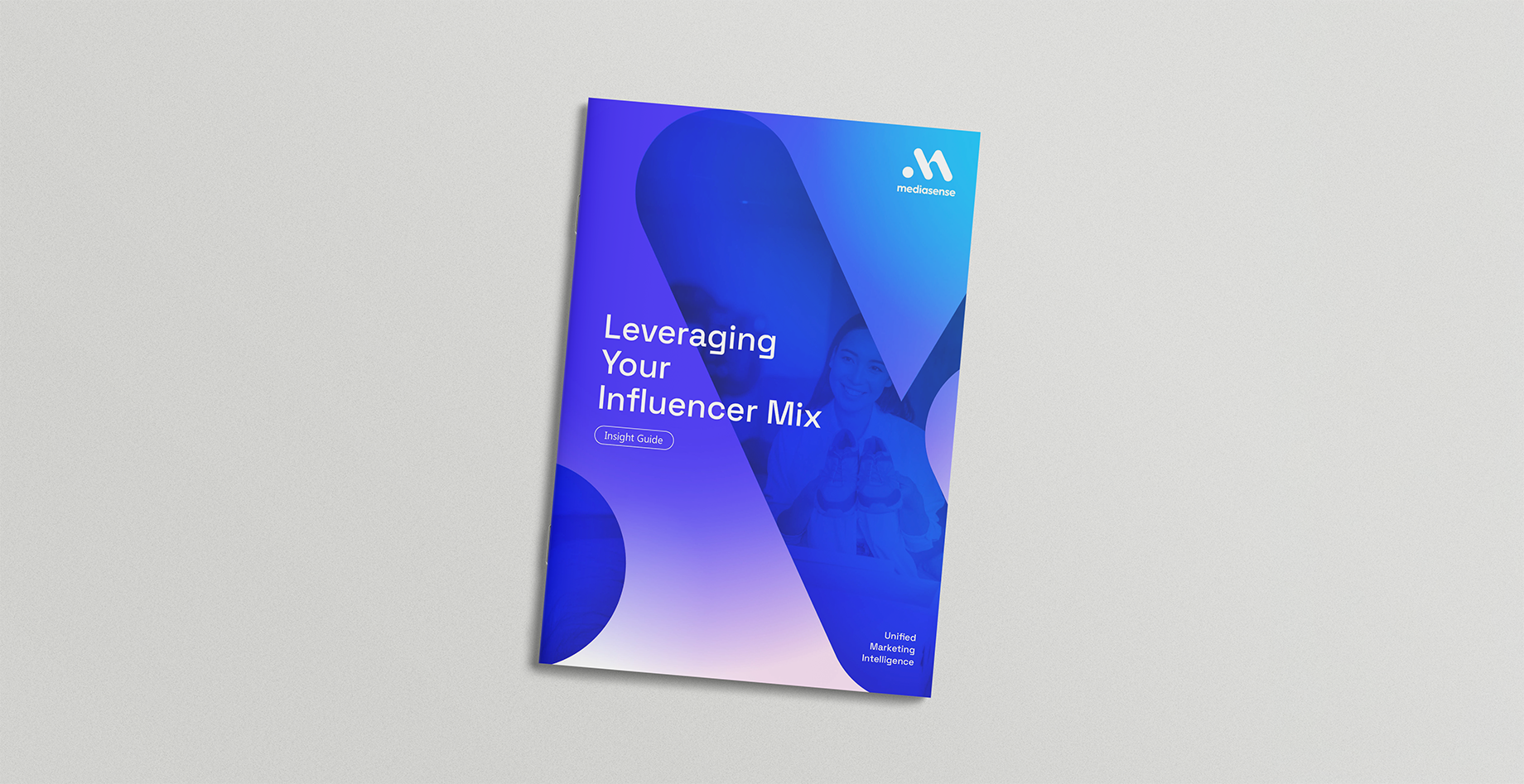Leveraging Your Influencer Mix
This report guides the review of different types of influencers, where they deliver the greatest impact, and key principles to help marketers build the right mix for maximum campaign effectiveness.

We explore how marketers can deploy a strategic mix of influencer types to maximize effectiveness. Many stumbles by prioritizing follower count over engagement quality and relevance. An examination of tiers from nano- to mega-influencers reveals how a well-balanced mix can amplify reach while fostering authentic connections.
Key Takeaways:
- Benchmark competitors to identify market gaps and refine strategy: Analyze market activity to spot opportunities, shape stronger plans, and draw from best-in-class influencer campaigns.
- Build and manage a targeted influencer network: Select the right mix of influencers, set engagement rules, and track performance with well-defined KPIs.
- Evaluate agency structures and performance: Assess operational models and performance metrics to ensure resources are deployed efficiently.
- Measure costs and outcomes to ensure ROI: Compare spending and results against industry standards to validate investment value.
Influencer marketing now demands far more than simply selecting high-profile personalities. It requires a strategic, data-driven approach that connects influencer choice, engagement, and measurement directly to brand objectives. A structured process, covering competitor benchmarking, relationship management, agency evaluation, ROI assessment, and transparency, helps marketers navigate complexity.
Precision in planning and execution is essential. The right influencer mix, whether mega for broad awareness or nano for high-trust engagement, should be chosen based on clear performance metrics, competitive insights, and a deep understanding of each influencer’s value within the customer journey. Agency partners must also be evaluated for both operational efficiency and strategic contribution, ensuring they drive measurable impact rather than just fulfill tactical needs.
In today’s climate of budget scrutiny, cost efficiency and compliance are non-negotiable. Rigorous cost and outcome assessments against industry standards validate investment value and inform smarter budget allocation. Coupled with strong compliance audits, this approach safeguards financial integrity, ensures agreed deliverables, and builds a performance-led influencer strategy that maximizes ROI while strengthening brand equity.
Report Highlights:
- Strategic deployment across the funnel: A practical framework for leveraging different types of influencers at each stage of the marketing funnel to maximize impact.
- Comprehensive fee benchmarks: Influencer pricing comparisons by social platform and influencer tier to guide budget planning and negotiations.
- Proven brand case studies: Four in-depth examples from the top brands showcasing successful strategic influencer activations.
Download your copy below:
Up next
In-Housing AI
A joint study from mediasense and the WFA reveals how gen AI is reshaping the in-house creative function, offering both promise and complexity.
The Future of the Media Organisation
Research from mediasense and the WFA reveals how leading brands are reimagining the role, structure and capabilities of their media teams - and where critical gaps still hold them back.
Marketing Measurement: Navigating the Path to Measurement Maturity
This guide offers a clear, structured approach to evolve marketing measurement, build maturity, and unlock smarter, more impactful decision-making – with an APAC companion piece for regional insights.